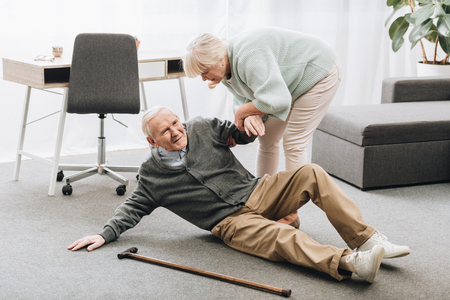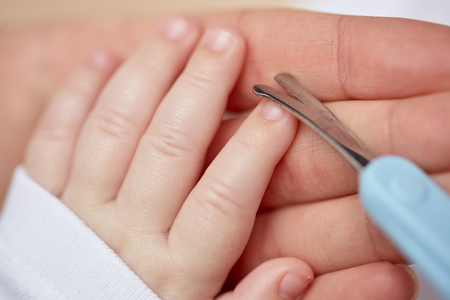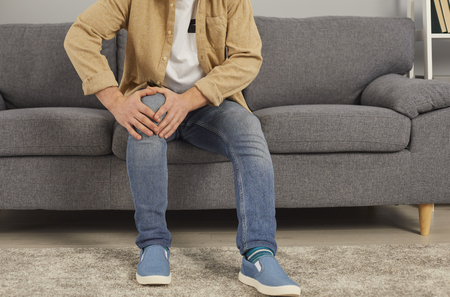Fall prevention! Any tips that can help?
You might think that falling is not a big problem that needs steps and tips to avoid, but numbers have another opinion; nearly 36 million falls occur among the elderly every year, and a large number of them need treatment in emergency departments and may cause death! That’s why the need for fall prevention tips is rising. What are the factors that increase the risk of falling? Certainly, some factors can greatly affect our balance and increase the risk, such as: Your general health. Deformities in the foot. Foot pain because it is difficult to walk swollen or injured feet. Wearing ill-fitting or worn-out shoes may make you more prone to slipping or tripping. Getting old! Because it can change the shape of our feet and cause losing some of their flexibility, change the way we walk and affect our balance. Tips to prevent falls Yes, fall prevention needs special care and can be done through the following tips Taking care of your feet Consult a podiatrist at Health and Style Medical Center if you have achy or swollen feet, feel tingling or pins in your feet, or if you notice any changes in the shape of your feet. Ask a podiatrist about ways to improve blood circulation and reduce pain in the legs and feet, you can also find out some tips here. When buying a shoe Make sure that The sole is not slippery. You can walk around in the store for a while The shoes are suitable and the heel does not slip Trying both soles Buying shoes at night because the feet swell during the day For more tips on choosing the right shoe. Safe home Some home changes may also help in fall prevention at home Wipe up spilled liquids on the floor immediately Remove excess wires and worn carpets Use durable non-slip rugs Ensure that all rooms, corridors and staircases are well lit Do not walk on slippery floors with socks Avoid wearing loose clothing as it may cause you to stumble Wear well-fitting shoes, in good condition and that support the ankle Add grab bars in the bathroom Exercising Regular strength and balance exercises help improve your strength and balance and reduce the risk of falls. But you will need to consult your doctor to determine the activities that you can do, and you can ask him about some activities that you can do at home. Eye tests Impaired vision greatly increases the likelihood of falls, so get regular eye exams.
Fall prevention! Any tips that can help? Read More »





